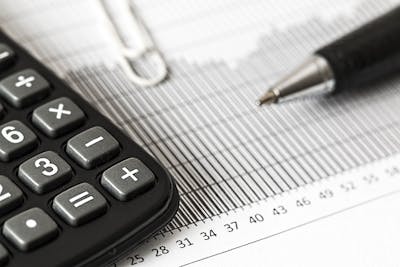Understanding Capitalization Rate

Predicting how profitable a real estate investment is vital in determining whether to purchase one property over another.
The capitalization rate, commonly known as the cap rate, is a metric used to determine the rate of return (RoR) of an income-producing property without taking into account any mortgage payments.
The figure, expressed as a percentage, helps to forecast annual income and time needed to recoup your investment. When looking for your next investment property, the cap rate gives you a quick insight into how promising a property might be.
When to Use the Capitalization Rates
It can be not very clear trying to determine which properties are better options based on varying factors. The cap rate can be very helpful when looking at multiple properties, with different purchase prices, number of units, and forecasted income stream. As a rule, properties with cap rates ranging from 4%-10% can be considered to be viable investment options, but other market conditions and microeconomic factors can influence your final decision. The cap rate standardizes a formula, which makes it easier to evaluate similar properties.
Cap Rate = Net Operating Income (NOI)/Purchase Price
How to Apply the Capitalization Rate
The cap rate can be beneficial in helping you decide whether or not to proceed on a property, but it is far from the only indicator you should use. Relying solely on the cap rate to dictate your investment decisions is unwise. Since the metric gives you an estimate on how quickly it is possible to recoup your investment, it can be over-weighted by novice investors. However, it is a useful tool for comparing properties in a regional market or local submarket, which can help you set and meet performance goals or provide you with some insight when considering a property.
Additionally, up to this point, we’ve assumed the cap rate was used solely by the buyer, but sellers use the metric as well. As it is an inverse of the price-earnings ratio (P/E), a lower cap rate translates to higher property values for the seller.
Drawbacks of the Capitalization Rate
Calculating the cap rate is simple, it takes into account the purchase price and net operating income, but the results are only useful if the input data is accurate.
- The income data focuses on past performance, typically 12 months. Since the cap rate measures annual yield, if net income is rising or declining, then the cap rate won’t be as accurate looking into the future.
- It is true that a higher cap rate means higher income and that you should make your money back quicker, but higher cap rates also bring more risk to your portfolio.
The cap rate is not an effective metric for short-term investments. If you don’t hold the property for the long-term, any income will not be significant in reducing your loan and will only skew the figures used to determine the time it takes to recoup your original investment.
Real estate investing has proved to be one of the best long-term investments, but it’s essential to use any tools and information to evaluate a property’s potential. The cap rate can be an invaluable metric for quickly assessing a property’s rate of return (RoR), but caution should be used as to how much weight is given to it. Many other factors should play into your decision of whether or not a property is a good fit for your overall investment portfolio.